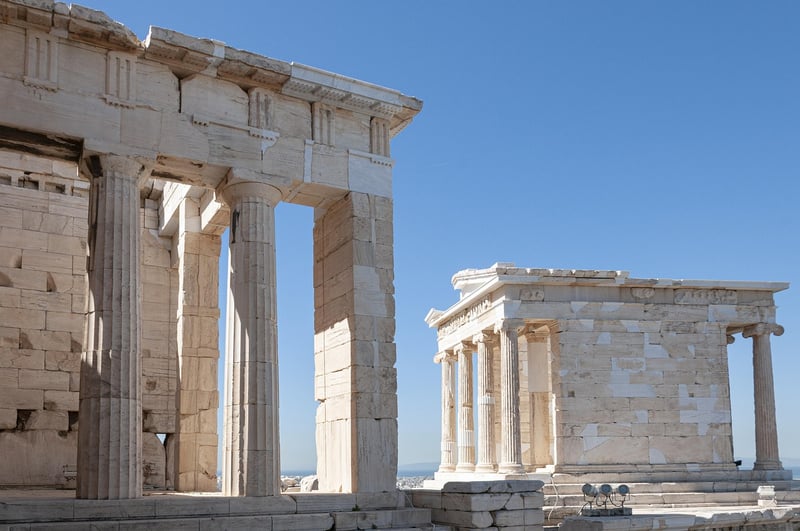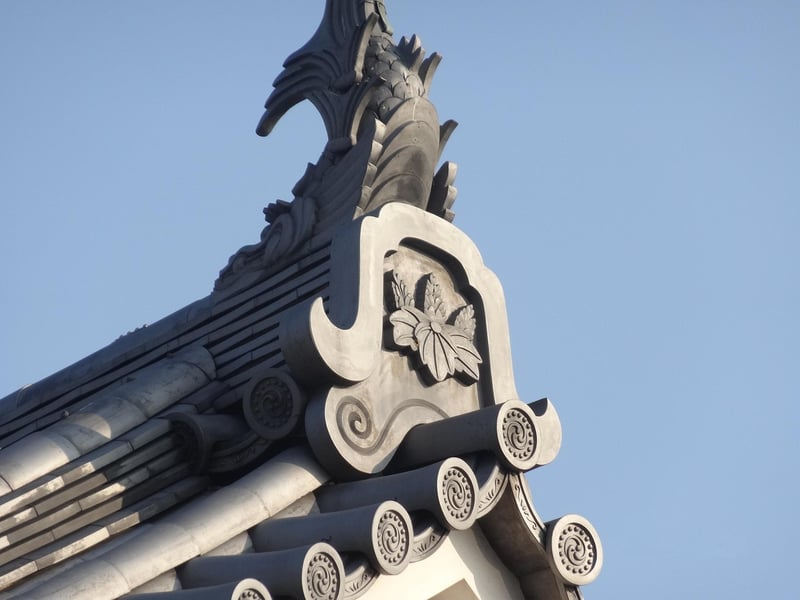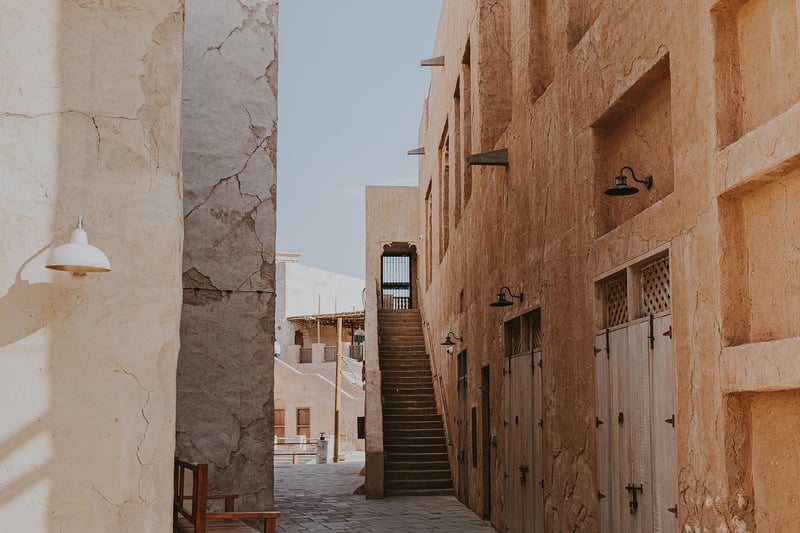Historical Preservation
The Intersection of Moral Considerations and Historical Preservation
When it comes to historical preservation, a topic that often arises is how moral considerations should influence the way we protect and maintain our historical sites and artifacts. Balancing the need to preserve history with ethical considerations can be a challenging task, but it is crucial for ensuring that we protect our past in a responsible and respectful manner.
Why Moral Considerations Matter
Historical preservation is not just about maintaining old buildings or artifacts; it is also about honoring the stories and experiences of the people who came before us. When we consider the moral implications of historical preservation, we are acknowledging that our actions have an impact on how history is remembered and understood.
Respecting Cultural Heritage
One of the key moral considerations in historical preservation is respecting the cultural heritage of different communities. Many historical sites hold significant meaning for indigenous peoples, minority groups, or marginalized communities. It is essential to involve these groups in the preservation process and ensure that their voices are heard.
Preserving Authenticity
Another moral aspect of historical preservation is the importance of preserving authenticity. When restoring historical sites or artifacts, it is crucial to do so in a way that maintains their original integrity and character. Altering or falsifying history for the sake of tourism or profit can be ethically questionable.
Case Studies
The Parthenon Marbles
The case of the Parthenon Marbles, also known as the Elgin Marbles, is a prime example of the moral complexities of historical preservation. These ancient Greek sculptures were taken from the Parthenon in Athens by Lord Elgin in the early 19th century and are now housed in the British Museum. Greece has long called for their return, arguing that their removal was unethical and deprived the country of an important part of its cultural heritage.

Hiroshima Peace Memorial
The Hiroshima Peace Memorial, also known as the Atomic Bomb Dome, stands as a stark reminder of the tragic events of World War II. Preserving this site is not just about maintaining a historical building but also about honoring the memory of the lives lost in the atomic bombing of Hiroshima. It serves as a symbol of peace and a call for the abolition of nuclear weapons.

Conclusion
Ultimately, the intersection of moral considerations and historical preservation is a complex and nuanced issue. By approaching historical preservation with sensitivity, respect, and a commitment to authenticity, we can ensure that our shared heritage is protected for future generations.
Remember, our history is not just a collection of artifacts; it is a reflection of who we are and where we come from.
